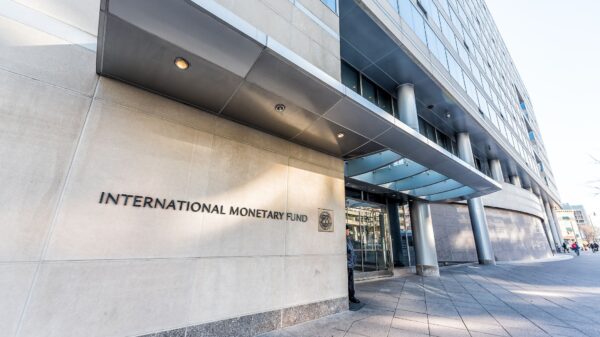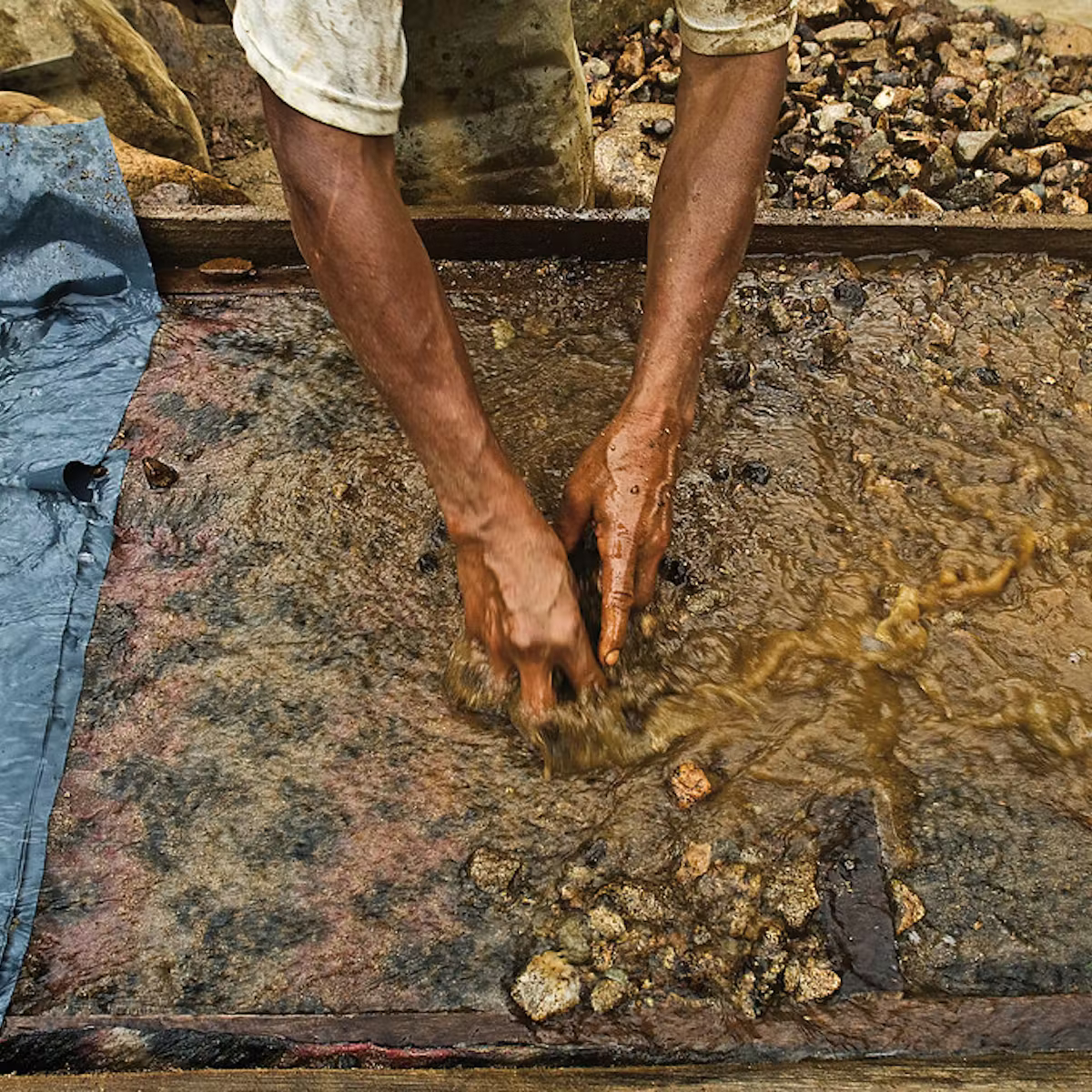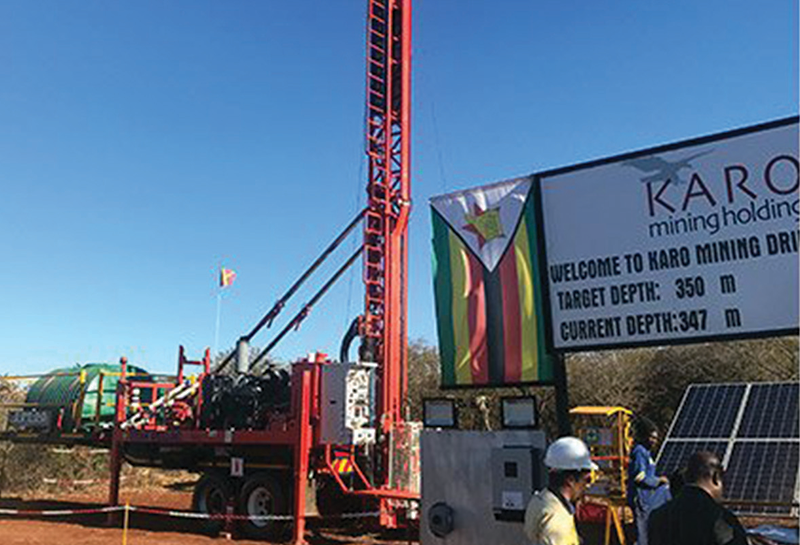According to an official, the Zimbabwe Miners Federation (ZMF) will continue to negotiate tributary agreements with large-scale miners to maintain sustainable mining operations.
This would also aid in the formalization of the activities of artisanal and small-scale miners.
A tributary mining agreement is a type of temporary subcontracting or leasing of mining claims to a third party to extract minerals in exchange for rent.
“We are constantly engaging the Chamber of Mines of Zimbabwe, which represents large miners, to give tributary agreements to small-scale miners so that our members can sustainably produce and deliver through the formal channel,” ZMF chief executive officer Wellington Takavarasha said in an interview.
“We are glad that through engagements involving the Government and the Chamber of Mines, we have managed to bring artisanal and small-scale miners into the formal system.
“Mines such as Jumbo, Redwing Mine and Venice Mine have given us tributary agreements on their gold-rich clams and negotiations with Golden Valley Mine are also under way for tributary agreement. This will go a long way in bringing illegal miners into the formal system from the informal system,” Mr Takavarasha added.
Small-scale and artisanal miners contribute about 60 percent of the country’s gold output.
The Government has also been negotiating with large miners to parcel out some of their claims to small-scale miners in a bid to formalise their operations and boost output.
This is in line with the Government’s strategic roadmap that seeks to grow the mining industry to a US$12 billion economy by 2023. Under the US$12 billion roadmap, gold, the country’s largest foreign currency earner, is expected to contribute US$4 billion.
The US$12 billion mining economy will also be spurred by minerals such as platinum, diamond, chrome, iron and steel, coal and lithium. The mining industry strategic roadmap rides on the opening of new mines, reopening of closed mines as well as beneficiation initiatives in the sector to enhance production.
The small-scale mining industry has been recognised as pivotal to Zimbabwe’s economy.
In 11 months to November 31, 2022, Zimbabwe’s gold output increased by 31,3 percent to 33,3 tonnes compared to 25,3 tonnes in the corresponding period in 2021. The increased output is attributed to the Government’s incentives to the industry.
The small scale miners produced 22,9 tonnes while large miners delivered 10,4 tonnes.
“We are happy that the Government through the Ministry of Mines and Mining Development has recommended EPOs (Exclusive Prospecting Orders) to small-scale miners. If we are given the EPOs that’s going to boost production as our members will have more claims to work on,” said Mr Takavarasha.
In other news,
Reports Say Stunner Has Been Arrested In Durban After Bashing New Bae
It has been reported that Rapper Stunner has been arrested in Durban after he physically assaulted his girlfriend.

The issue is said to have started when Stunner’s girlfriend was approached by another man and she gave him her number without hesitation.
This did not sit well with the rapper who…continue reading

For comments, Feedback and Opinions do get in touch with our editor on WhatsApp: +44 7949 297606.
















































